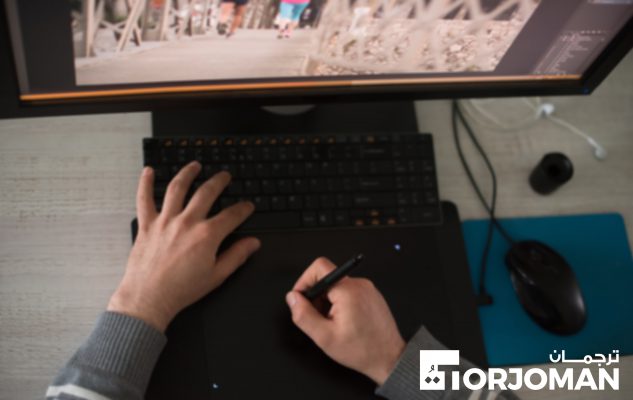Have a Big Project?
Big numbers, lots of documents and multiple translations?
Our top performing teams deliver unmatched quality on time for you
to hit your business goals.

Multimedia projects present an interesting challenge for businesses who want to use their platforms to connect with audiences around the world. What’s the best way to adapt materials in different formats for international audiences? Translation deals with language alone. But, multimedia localization handles culture, language, regulations, and local consumer habits.
As technology develops, we’re becoming increasingly accustomed to all-round, engaging experiences. From e-learning to gaming and beyond, users now expect videos, sound, pictures, and text, all seamlessly combined for immersive experiences.
It seems that we’re constantly upgrading the technology we use to view multimedia, too. Statistics show a high demand for new devices:
Customers have the tools to access multimedia content from anywhere in the world. So, the question remains, how can businesses enter foreign markets and engage these international users across their platforms?
Localization goes beyond simple translation. Translation changes content from one language to another, replicating it accurately. However, this doesn’t take into account the impact content will have on the new audience. For example, certain imagery is unacceptable in some cultures, the significance of color varies internationally, units of measurement are not globally standardized, and laws and regulations vary locally.
Localization is the process of modifying content for audiences in specific locales, based on these factors and more. Localization takes into account local culture as well as language, making alterations according to the impact the product will have. The aim is to retain the intended meaning but tailor its delivery.
Multimedia localization services are equipped to deal with localization across any number of platforms. Professional localization services, provided by companies such as Torjoman, consider projects from every angle, working together with the client to create fully-localized or partially-localized products, as needed. Localization could involve:
Localization aims to create a product or service that feels as though it has been made directly for your customers. This has the potential to increase engagement, drive sales, and create a positive and consistent international brand image.
Localization is, arguably, a form of personalization. Statistics on the benefits of personalization speak for themselves, so much so that Forbes recently published an article detailing 50 stats showing its importance. Highlights include:
72% of consumers say they only engage with personalized messaging
74% of customers feel frustrated when website content is not personalized.
80% of companies report seeing an uplift since implementing personalization.
When it comes to multimedia projects, localization can be the make or break factor in user engagement. For example, gamers may understand content in their second language, but when it comes to making in-app or in-game purchases, displaying only foreign currencies, units of measurement, and payment options will create confusion and lead to poor sales. Players want personalized content that responds to their needs. Similarly, learners are unlikely to get the most out of e-learning platforms that are not geared to them.
The best place to start when approaching a new localization project is to look at competitor activity. Which aspects of their project have they localized and for which countries/regions?
However, competitor analysis can be a demanding task when it comes to multimedia localization strategies. This is because modifications and alterations are sometimes made on small scales, such as changing a call-to-action or a color scheme.
Before beginning localization, it’s important to research any regulations that might impact the way you roll out your multimedia project. These could relate to advertising or the content of your product. Professional multimedia localization services can take local laws into account when they adapt your content.
Localization companies are experts in their fields. They understand the scope of localization services, they understand your target market, and they understand your industry. At Torjoman, we can work with you to find the best solutions for your localization project. To find out more, send us a message and we will get back to you shortly.
It’s important to choose professional multimedia localization services. Top companies, such as Torjoman, hire native speakers with a deep understanding of specific industries or topics. We assign a project manager to each multimedia localization project, and our team consists of linguists, specialized engineers, and QA testers.
We’ve been providing translation and localization services for over 25 years. Torjoman works to ISO 17100 standards, which means you can rely on our quality assurance processes. Our localization team uses the latest tools to streamline multimedia localization processes, creating technical language glossaries, using machine translation where appropriate, and ensuring functionality at all times. To find out more about what we do, have a look at our localization pages.
Big numbers, lots of documents and multiple translations?
Our top performing teams deliver unmatched quality on time for you
to hit your business goals.
Ready to burst your borders and need work done quickly?
Order Now! To get an instant assessment and quote.
Don’t wait, we’re ready.
SAVE TIME & MONEY!
Order from our mobile app now